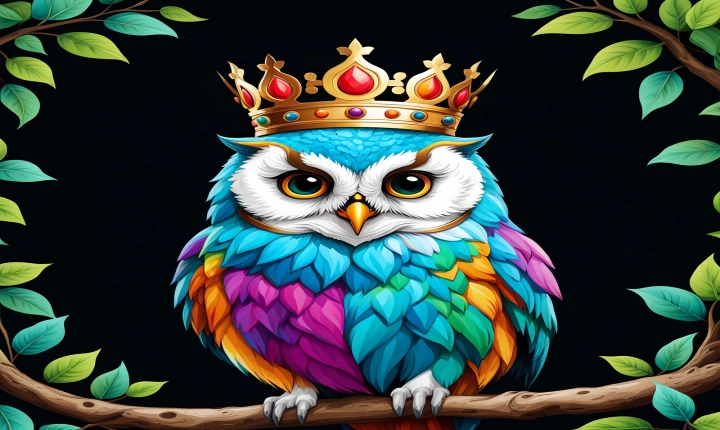Is AI Art Safe?
Artificial Intelligence (AI) has made significant strides in generating artworks that are visually stunning and thought-provoking. Using algorithms and machine learning, AI systems can produce paintings, music, literature, and other forms of art that rival the creations of human artists. This development has sparked a debate about the safety and ethical implications of AI-generated art, with questions arising about issues such as copyright infringement, the impact on the art market, and the potential for misuse.
One of the primary concerns regarding AI art is the issue of copyright. When an AI system creates an artwork, who owns the rights to it? Unlike human artists who can assert copyright over their creations, the legal ownership of AI-generated art is not straightforward. This ambiguity raises questions about the protection of intellectual property and the potential for exploitation by individuals or corporations seeking to profit from AI art without proper attribution to the original creator.
Furthermore, the proliferation of AI-generated art has the potential to disrupt the traditional art market. Galleries, collectors, and art enthusiasts may face challenges in determining the value and authenticity of AI artworks. This can impact the livelihoods of human artists, as well as the dynamics of the art industry as a whole. Additionally, the influx of AI art into the market could lead to a devaluation of artistic expression, as the unique human experience of creating art is supplanted by machine-generated output.
Another aspect of AI art safety pertains to its potential for misuse. AI-generated content can be easily manipulated and disseminated, leading to concerns about the spread of misinformation and the erosion of trust in the authenticity of visual and creative works. Deepfake technology, which employs AI to create realistic but false representations of individuals, has already raised alarms about the potential for malicious use of AI-generated content, including art.
However, it is important to recognize that AI-generated art also offers opportunities for innovation and creative exploration. AI systems can assist human artists in expanding their creative capabilities, inspiring new forms of expression, and pushing the boundaries of artistic practice. Additionally, AI-generated art has the potential to democratize access to creative tools and foster inclusivity in the art world, providing opportunities for individuals who may not have had traditional artistic training or resources to engage in creative expression.
To address the safety and ethical considerations surrounding AI art, it is essential to develop frameworks that establish clear guidelines for ownership, attribution, and ethical use of AI-generated content. Legal and regulatory standards should be established to safeguard the rights of AI art creators and ensure fair compensation for their work. Furthermore, education and awareness initiatives can help the public and the art community understand the implications of AI-generated art and its impact on creative expression and cultural heritage.
In conclusion, the safety of AI-generated art is a complex and multifaceted issue that requires careful consideration from various stakeholders, including artists, technologists, policymakers, and the public. While AI art presents exciting possibilities for artistic innovation, it also raises important ethical and legal concerns that must be addressed to ensure the protection of artistic rights, the integrity of the art market, and the responsible use of AI technology in the creative sphere. As the intersection of AI and art continues to evolve, it is crucial to approach these advancements with a balanced and thoughtful approach that prioritizes the ethical and safety implications of AI-generated art.
